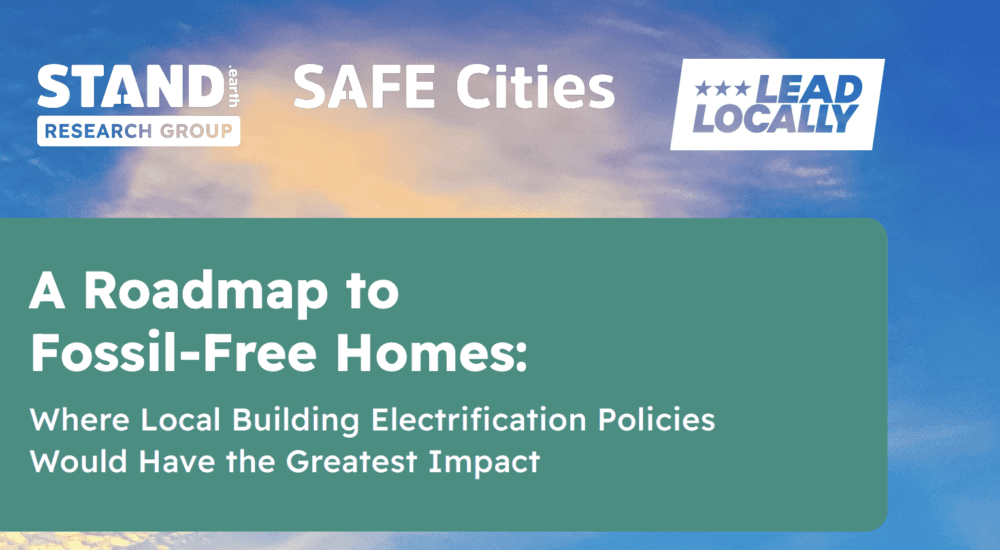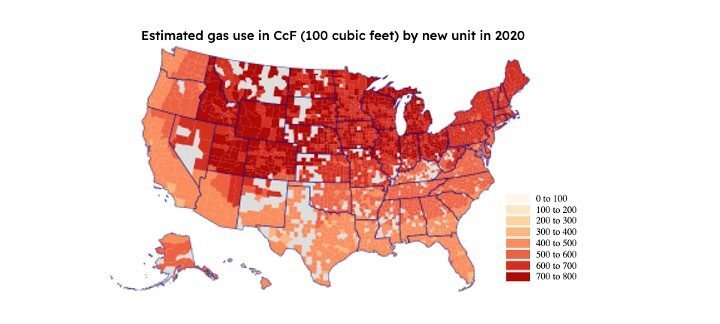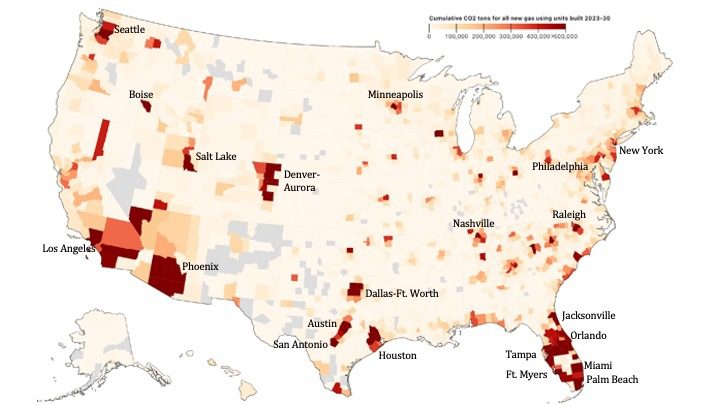Even with all the experience Stand.earth Research Group (SRG) has with supply chain mapping, it’s still surprising how many countries do not supply customs data that clearly state suppliers and buyers in international trade. For example, while India and Vietnam make their customs data available for analysis, China and Germany do not. This means that when tracking supply chains, we occasionally face challenges with unavailable customs data. This results in what look like dead ends. But over years of investigations, we’ve honed some tools to help us uncover connections even when the trail seemingly goes cold.
SRG’s Trade Statistics Inference
Customs data is an important tool for supply chain mapping at SRG, because it indicates the sellers and buyers e.g. of deforestation-driver commodities. But we know we can get around these obstacles using a technique we call “Trade Statistics Inference”. By cross-referencing sub-national trade statistical data with company-level industry data, , we can sometimes infer missing information. We can also find patterns and correlations that help fill in the gaps — in some cases even discovering hidden buyer-seller relationships.
Our methodology involves compiling various sources of public information. These include commodity trade statistical data, tariff data, shipping and freight statistics, manufacturing capacities, etc. It also entails identifying all known companies and their subsidiaries, and reviewing annual reports, investor information, industry news, finance websites, government news, and government and trade association directories.
Case study: Japanese wood pulp traded to China
Here is an example of SRG’s Trade Statistics Inference. In this case, the methodology was used to determine company-level trade flows between China and Japan even though neither country releases customs data.
We first identify the relevant commodity codes. These codes indicate the type of product being traded. In this case, it is dissolving wood pulp. Next we access sub-national export statistics by jurisdiction from Japanese and Chinese government databases. We then research the producers and operators active in each country. As shown in the diagram above, the exporters (producers) are dissolving pulp mills in Japan, and the receivers (operators) are the viscose factories in China. For each identified mill or factory, we collect data on ownership, parent and subsidiary companies, mill capacity, operational status (operating or idled), and location.
By cross-referencing the trade data with the viscose operators in each province, including relative capacities, we accurately estimate the probability of each Chinese receiver’s sourcing from specific Japanese producers. In this example, dissolving pulp only comes from Shimane Prefecture, so we can infer that all the dissolving pulp that China receives from Japan is from this region. Since there are only two producers in Shimane, and one of them produces 90% of the pulp, we can conclude that the majority of the corresponding viscose mill operators in China are sourcing from this producer. In the final step, we match the capacities of each operator to complete the trail and estimate the volumes traded.
Great outcomes for our clients
Using our “Trade Statistics Inference” technique, we can overcome data limitations and enhance the comprehensiveness of supply chain analysis – even when customs data is unavailable. By utilizing supplementary data sources and analytical skills, we still derive meaningful insights and trends. Ultimately, this approach can connect the missing dots. We get more insightful research outcomes, and even illuminate supplier-customer relationships that are normally only possible using customs data.
– Phoebe Lam, Operations Manager and Researcher, Stand.earth Research Group









